The transformations are fully reversible, so collectors can save their breath.


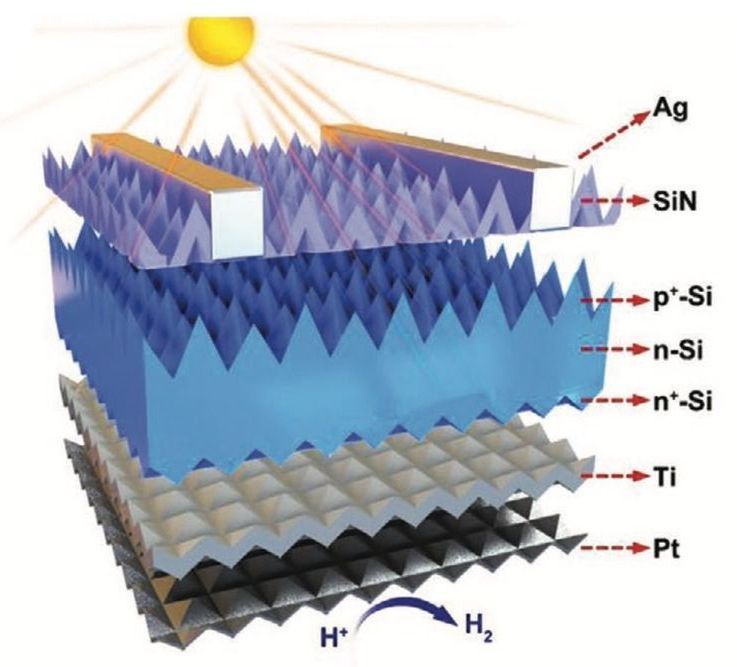
Hydrogen’s impressive energy density offers some compelling advantages that could see it make a huge difference in the electric aviation and eVTOL sectors, as well as in renewable energy, where it’s a lightweight and transportable, if not particularly efficient, way to store clean energy that’s not necessarily generated where or when you need it. It’s also being pushed as a means of exporting green energy, and Japan and Korea in particular are investing heavily in the idea of a hydrogen energy economy powering everything from vehicles to homes and industry.
For this to come about in a globally positive way, it’s imperative that clean, green hydrogen production becomes cheaper, because right now, the easiest and cheapest ways to get yourself a tank full of hydrogen are things like steam reforming, which produces up to 12 times as much carbon dioxide as it does hydrogen by weight.
Green, renewable production methods are thus hot topics for researchers and industry, and a new breakthrough from scientists at the Australian National University (ANU) could make a significant contribution.
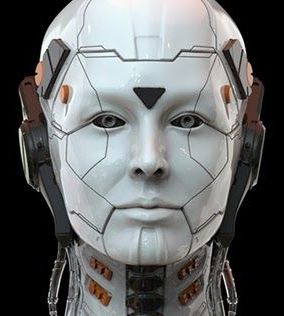
For an indication about bifurcating the levels of self-driving, see my indication here: https://aitrends.com/ai-insider/reframing-ai-levels-for-self…-autonomy/
Conclusion
The consensus among self-driving car aficionados is that a robot driver is a long way away from being practical. A robot driver is considered generally to be more futuristic than trying to develop a self-driving car instead.

Pagaya, an AI-driven institutional asset manager that focuses on fixed income and consumer credit markets, today announced it raised $102 million in equity financing. CEO Gal Krubiner said the infusion will enable Pagaya to grow its data science team, accelerate R&D, and continue its pursuit of new asset classes including real estate, auto loans, mortgages, and corporate credit.
Pagaya applies machine intelligence to securitization — the conversion of an asset (usually a loan) into marketable securities (e.g., mortgage-backed securities) that are sold to other investors — and loan collateralization. It eschews the traditional method of securitizing pools of previously assembled asset-backed securities (ABS) for a more bespoke approach, employing algorithms to compile discretionary funds for institutional investors such as pension funds, insurance companies, and banks. Pagaya selects and buys individual loans by analyzing emerging alternative asset classes, after which it assesses their risk and draws on “millions” of signals to predict their returns.
Pagaya’s data scientists can build algorithms to track activities, such as auto loans made to residents in cities and even specific neighborhoods, for instance. The company is only limited by the amount of data publicly available; on average, Pagaya looks at decades of information on borrowers and evaluates thousands of variables.

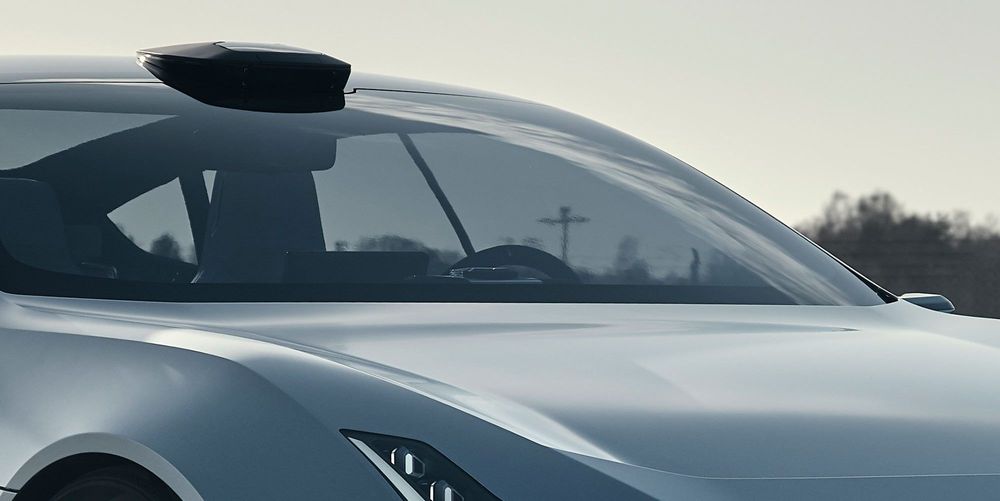
The nascent autonomous-vehicle industry is being reshaped by consolidation. Amazon, which committed to buying 100,000 Rivian electric vehicles, announced today that it is buying Zoox, the self-driving car tech start-up, for $1 billion. Ford and Volkswagen made multi-billion dollar investments in Argo. General Motors purchased Cruise Automation in 2016, while Hyundai is working with tier-one supplier Aptiv to deploy a robotaxi service in multiple global markets.
The tie-up between Waymo and Volvo (with its three brands all aggressive pursuing electric vehicles) could reshape the competitive landscape, although it’s too early to tell.
Google started its self-driving program more than a decade ago but paused the development of its own vehicle in 2016. A tight partnership between Waymo and Volvo to develop ground-up cars, if that’s what materializes, could put those plans back on track – this time with an established auto manufacturer known for high-quality production and safety.
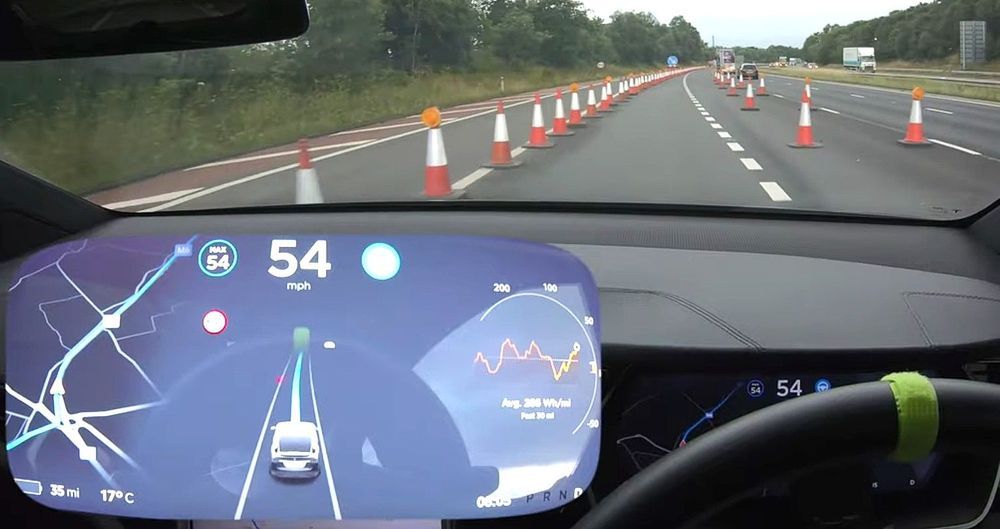
Tesla’s Full Self-Driving suite continues to improve with a recent video showing a Model 3 safely shifting away from a makeshift lane of construction cones while using Navigate on Autopilot.
Tesla owner-enthusiast Jeremy Greenlee was traveling through a highway construction zone in his Model 3. The zone contained a makeshift lane to the vehicle’s left that was made up of construction cones.
In an attempt to avoid the possibility of any collision with the cones from taking place, the vehicle utilized the driver-assist system and automatically shifted one lane to the right. This maneuver successfully removed any risk of coming into contact with the dense construction cones that were to the left of the car, which could have caused hundreds of dollars in cosmetic damage to the vehicle.

Sondors has just revealed three new high-powered electric bicycles known as the Sondors Rockstar, Cruiser and LX. The new models are part of the company’s not-yet-released Elite line. They feature stunning new frame designs, huge 1kWh batteries though the low introductory prices might actually be the biggest shocker of all.
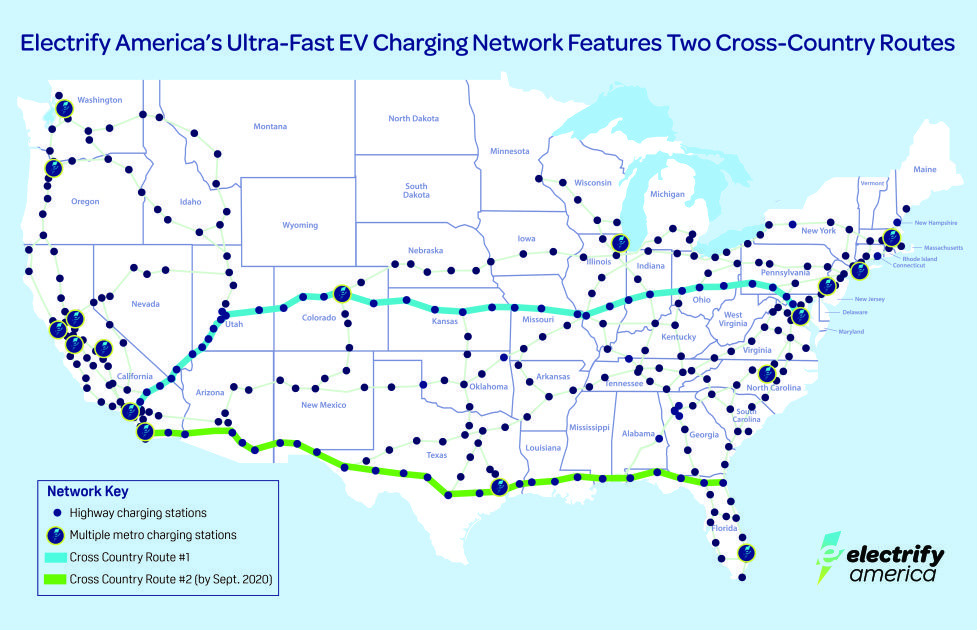
Taking a cross-country roadtrip in your electric vehicle is a little more feasible thanks to Electrify America. Its first coast to coast EV fast charging route is now complete, and the company plans to have another route finished by September. The routes provide high-powered chargers to all EV brands, and on average, the stations are spaced about 70 miles apart, so EV owners can travel beyond a single charge without being stranded.
The first route stretches over 2,700 miles from Washington DC to Los Angeles. It follows Interstates 15 and 70 and passes through 11 states. The second route will connect Jacksonville and San Diego.
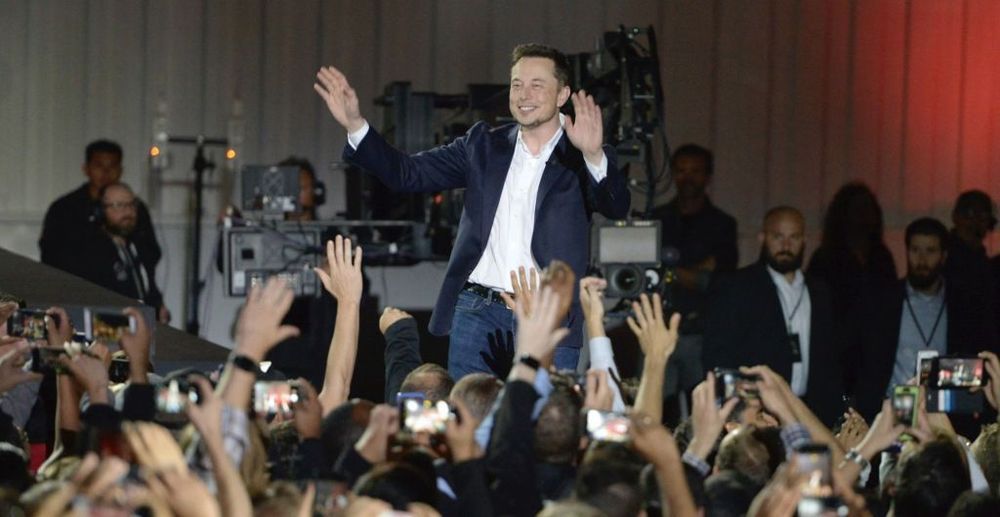
Elon Musk has sent a somewhat cryptic email to Tesla employees about going “all out” for the end of the quarter to have a “good outcome.”
On Monday afternoon, Musk sent a short email to all Tesla employees.
In the email obtained by Electrek, the CEO addressed the importance of the last week of the quarter: